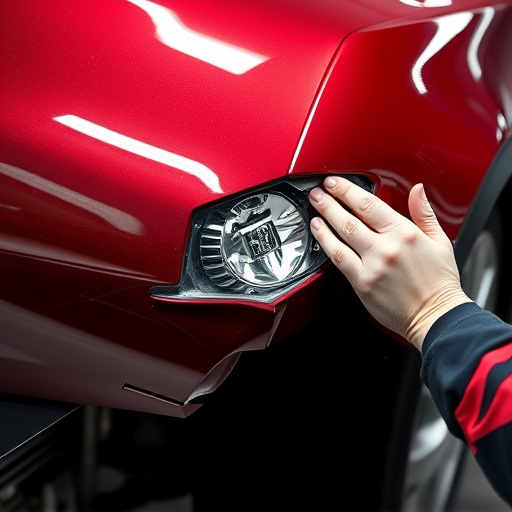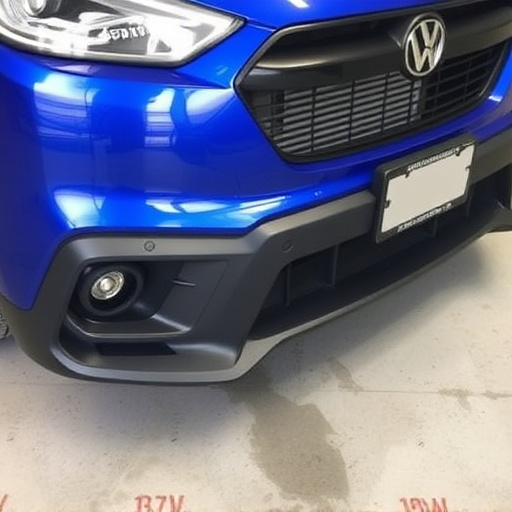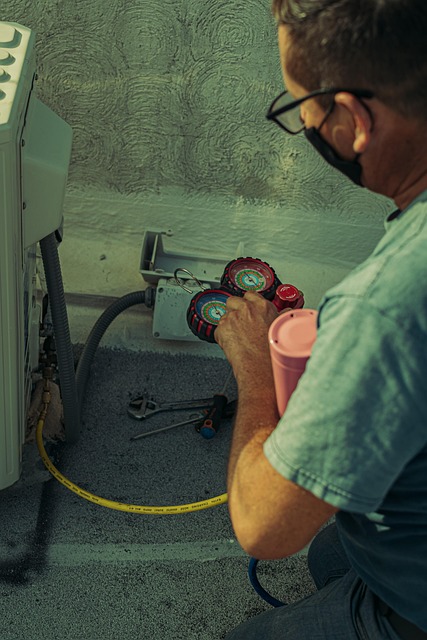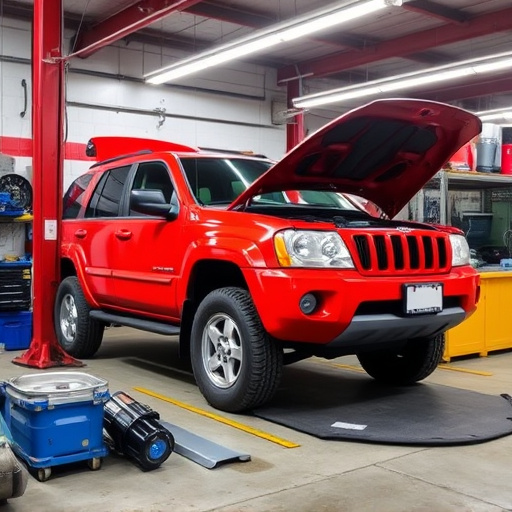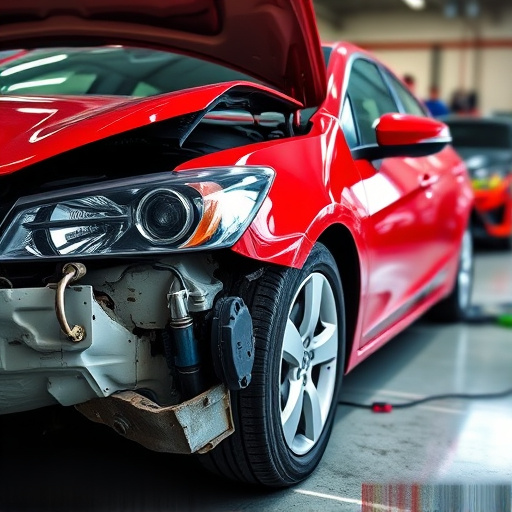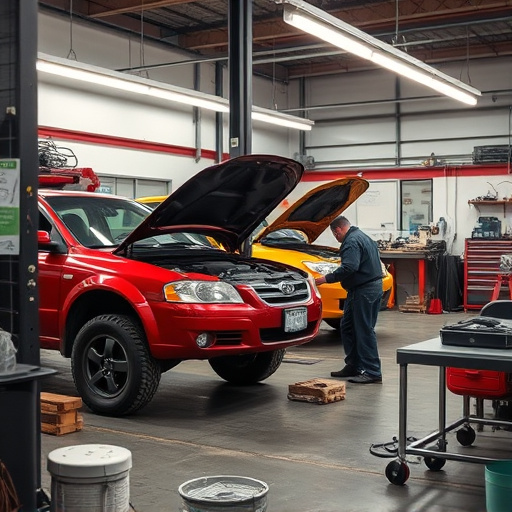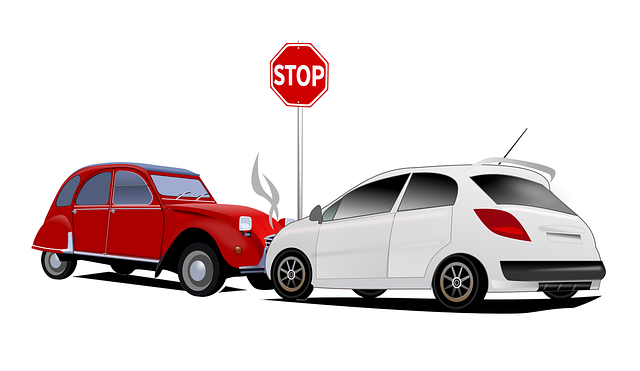EPA compliant body shops face complex challenges balancing cost management with stringent safety and environmental standards set by the EPA. These shops must invest in up-to-date equipment, staff training, and sustainable practices to remain profitable while adhering to evolving regulations, enhancing their reputation among eco-conscious clients. Regular employee training is crucial for ensuring proper handling of hazardous materials, contributing to the industry's sustainability goals.
In today’s environment, EPA compliant body shops face unique challenges. Navigating stringent regulatory requirements, balancing cost constraints while prioritizing safety, and ensuring employee training on EPA standards are just a few hurdles these businesses must clear. This article delves into these common obstacles, offering insights on how EPA compliant body shops can thrive despite the difficulties. By addressing these issues head-on, shops can maintain high standards while remaining competitive in the market.
- Navigating Strict Regulations: Staying EPA Compliant
- Balancing Cost and Safety: Budget Constraints in Body Shops
- Training Employees: Ensuring Knowledge of EPA Standards
Navigating Strict Regulations: Staying EPA Compliant
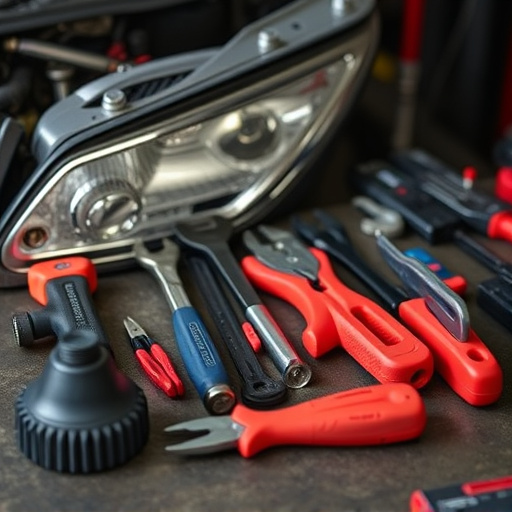
Staying EPA compliant is a significant challenge for many body shops today, as they navigate an ever-changing landscape of environmental regulations. These rules are in place to protect our planet and its resources, but they can be complex and demanding for businesses, especially those specializing in vehicle collision repair and luxury vehicle repair. The Environmental Protection Agency (EPA) sets standards that cover a wide range of aspects, from air quality control to the proper disposal of hazardous waste generated during scratch repair processes.
To remain EPA compliant, body shops must stay updated on regulations, invest in adequate training for their staff, and acquire necessary equipment. This includes implementing efficient systems for managing and disposing of pollutants, such as volatile organic compounds (VOCs) released during paint jobs, and ensuring proper handling of recyclables like metal scraps and used fluids from luxury vehicle repair processes. Staying ahead of these requirements not only ensures the business’s legality but also promotes its reputation as a responsible environmental steward among competitors, particularly when catering to eco-conscious clients seeking top-notch scratch repair services.
Balancing Cost and Safety: Budget Constraints in Body Shops

In the realm of EPA compliant body shops, a delicate balance must be struck between cost-effectiveness and safety standards. Budget constraints are a common challenge, particularly for smaller workshops offering dent repair and collision repair services. While adhering to stringent environmental regulations, these businesses grapple with the financial implications of using eco-friendly materials and advanced equipment designed to minimize environmental impact. The constant need to upgrade facilities and training to meet evolving EPA guidelines significantly influences operational costs.
This dual requirement to maintain profitability while ensuring compliance pushes body shops to innovate in their approach to dent repair and car collision repair. Efficient processes, strategic sourcing of sustainable materials, and a keen eye for cost-saving measures without compromising safety are key strategies employed by forward-thinking EPA compliant body shops.
Training Employees: Ensuring Knowledge of EPA Standards
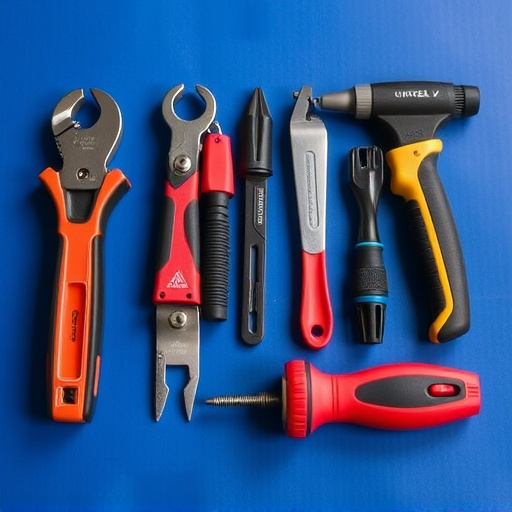
Staying EPA compliant is a significant challenge for any collision repair center or car bodywork service. One critical aspect often overlooked in this compliance process is training employees. With ever-changing environmental regulations, ensuring that staff are up-to-date with the latest EPA standards can be demanding.
Adequate training empowers workers to understand their roles and responsibilities in adhering to these standards, particularly when handling hazardous materials commonly used in car restoration processes. By investing in regular educational programs, managers at EPA compliant body shops can foster a culture of environmental consciousness, ultimately contributing to the sustainability goals of the entire industry.
Today’s EPA compliant body shops navigate a complex landscape, balancing stringent regulatory requirements with budgetary constraints. While training employees to ensure adherence to EPA standards is crucial, these challenges can be overcome through strategic planning and investment in sustainable practices. By prioritizing knowledge, innovation, and cost-effectiveness, body shops can maintain their integrity and contribute to a greener automotive industry. This commitment not only benefits the environment but also strengthens their position in a competitive market, ensuring long-term success for EPA compliant body shops.
